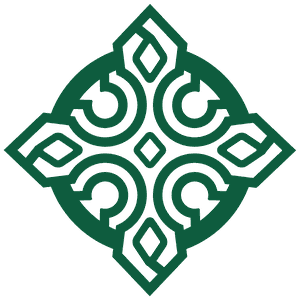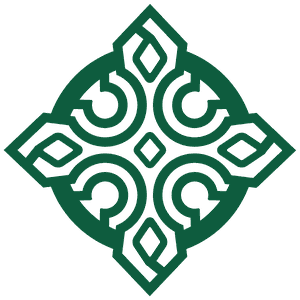June 18, 2023
“At the sight of the crowds, Jesus’ heart was moved with pity for them
because they were troubled and abandoned,
like sheep without a shepherd.
Then he said to his disciples,
‘The harvest is abundant but the laborers are few;
so ask the master of the harvest
to send out laborers for his harvest.’
Then he summoned his twelve disciples
and gave them authority over unclean spirits
to drive them out and to cure every disease and every illness.
The names of the twelve apostles are these:
first, Simon called Peter, and his brother Andrew;
James, the son of Zebedee, and his brother John;
Philip and Bartholomew, Thomas and Matthew the tax collector;
James, the son of Alphaeus, and Thaddeus;
Simon from Cana, and Judas Iscariot who betrayed him.”
After the time of our Lenten season, the Easter season, and the Solemnities of the Holy Trinity and Body and Blood of Christ, we finally enter back into a Sunday in Ordinary Time. Specifically, this is the Eleventh Sunday in Ordinary Time. This is not ordinary time as in normal time, but instead is understood as time “ordered” to God. Our time, normal time, the time of schedules and appointments and deadlines is called “chronos” in Greek. It is sequential, forward moving, and passing. God’s time, based in the unchanging and ever present eternity of God, is called “kairos.” There are moments when kairos and chronos intersect, when God’s time enters our time. When time touches eternity. This can happen on a retreat, in our sacraments, or in an unexpected moment in our lives, but it is always a moment of grace. Ordinary Time recognizes that eternity is the standard by which our time is measured. By ordering time to God, we intentionally make time for chronos and kairos to intersect. We expect to touch eternity in the midst of our lives.
For me, a profound moment of that intersection happened last weekend in the celebration of the Solemnity of the Body and Blood of Christ. We brought back the distribution of the Precious Blood. I was at St. Pats on Sunday and my thanks go to Julie Roth, our sacristans, and Extraordinary Ministers of Holy Communion for their preparation, efforts, flexibility, and patience as we renewed this practice after three years. Likewise, I am grateful to Ryan McEldowney, Charles Gazaway, and our EMHC at St. Boniface. A lot went into this and, at St. Pats, it was a bit chaotic, messy, and absolutely wonderful. I was moved to tears multiple times at the willingness to minister, the return of greater participation and fullness of the symbol of communion, and the desire to receive. Not knowing how many people would choose to receive both the body and blood, there were times when the line at the chalice was 20 people deep. Of course, we will evaluate and adjust going forward as we are able, but in that moment, I sensed God’s presence and our response, grace and faith. I was overwhelmed with gratitude.
Our intentionality to order our chronos for kairos is actually a response to God’s initiative. God has taken the first step to be with us in time, in our lives, and in our world. In today’s gospel, Jesus has pity first, instructs us to pray, and answers the prayer by commissioning the twelve. Jesus continues to act first, asks for our response, and answers our prayer by being present, body and blood, in our Eucharist. It is the intersection of chronos and kairos. Time touches eternity. Eternity enters time. Welcome back to Ordinary Time. Welcome home.


